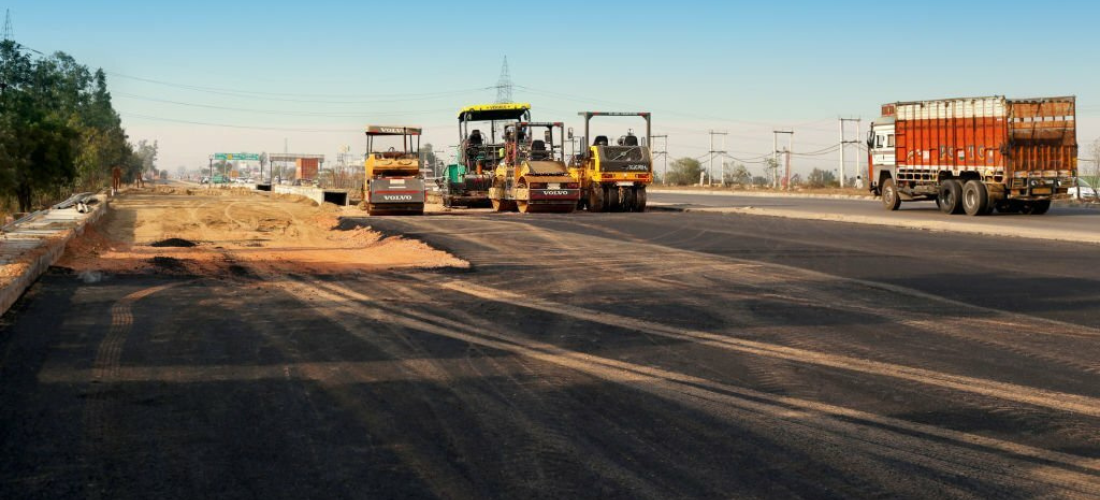Highways are the lifelines of modern transportation networks, facilitating the movement of people and goods across countries and regions. However, the maintenance of these vital roadways presents a complex set of challenges. In this blog, we’ll explore the key challenges faced in maintaining highways and the innovative solutions that are helping to ensure the longevity and safety of these critical infrastructure elements.
The Challenges:
1. Traffic Volume: Highways experience heavy traffic loads, especially in urban and commercial areas. This constant wear and tear can lead to accelerated deterioration of road surfaces, requiring frequent maintenance.
2. Weather and Climate: Extreme weather conditions, such as heavy rainfall, snow, and temperature fluctuations, can cause damage to highways. This leads to issues like potholes, erosion, and weakened road foundations.
3. Aging Infrastructure: Many highways have been in operation for decades and are in need of significant repairs and upgrades. The aging infrastructure poses challenges in terms of maintaining safety and functionality.
4. Budget Constraints: Road maintenance requires substantial financial investments. Governments and authorities often face budget limitations that can hinder their ability to address maintenance issues effectively.
5. Environmental Concerns: Environmental regulations and sustainability concerns mean that traditional road maintenance practices may need to be adapted or replaced with more eco-friendly approaches.
The Solutions:
1. Regular Inspections: Frequent inspections of highways allow authorities to identify maintenance needs promptly. This proactive approach helps address issues before they become major problems.
2. Innovative Materials: The use of advanced materials, including high-quality asphalt mixes and concrete, enhances the durability of road surfaces. These materials can withstand heavy traffic and harsh weather conditions.
3. Preventive Maintenance: Implementing preventive maintenance measures, such as sealcoating and crack sealing, can extend the life of highways and reduce the need for costly repairs.
4. Innovative Technology: Utilizing technology like drones and sensors for condition assessments and monitoring can help in early issue detection and maintenance planning.
5. Sustainable Practices: Sustainable road maintenance solutions, such as warm-mix asphalt, reduce energy consumption, greenhouse gas emissions, and environmental impact.
6. Public-Private Partnerships (PPPs): Collaborations between public and private entities can provide the funding and expertise needed for large-scale highway maintenance projects.
7. Budget Allocation: Authorities can prioritize highway maintenance by allocating adequate budgets. Long-term financial planning and resource allocation help ensure continuous road upkeep.
8. Research and Development: Investment in research and development can lead to the creation of innovative maintenance techniques and materials that improve road longevity.
9. Community Engagement: Engaging local communities and road users in reporting and addressing maintenance issues can aid in timely problem-solving. In conclusion, maintaining highways is a multifaceted challenge, but it’s one that’s essential for safety and economic growth. Through a combination of regular inspections, innovative materials, sustainable practices, and proactive budget allocation, it’s possible to keep roadways in top condition. The key lies in embracing a holistic approach that addresses both immediate needs and long-term sustainability, ensuring that highways continue to serve as the backbone of the

